Your cart is currently empty!
Clear Read Color Coded Font
Clear Read Color Coded Font capitalizes on the proven benefits of strategic color coding, transforming the reading experience
Description
Clear Read Color Coded Font
(with Black and Color Coded Versions)
Introducing Clear Read, an innovative font developed collaboratively by Improve Dyslexia and the acclaimed Simon Blake, designed to make reading faster, easier, and more accessible for individuals with dyslexia, as well as actors or performers who need quick, precise script reading. Available in two versatile forms—a clean, high-contrast Black Version and an engaging Color Coded Version—Clear Read capitalizes on the proven benefits of strategic color coding, transforming the reading experience into a multisensory process that accelerates decoding, reduces errors, and builds confidence.
The Power of Color Coding in Typography
Research consistently shows that color cues significantly enhance reading speed, accuracy, and comprehension, especially for dyslexic readers. When specific letter groups—particularly those prone to confusion—are assigned distinct hues, the brain receives visual anchors that streamline differentiation, reinforce recognition patterns, and make decoding less effortful. This multisensory approach not only facilitates learning but also fosters a sense of enjoyment and motivation in reading.
Primary Features and Design of Clear Read
1. Dual Version for Maximum Flexibility
- Black Version:
Features a sleek, high-contrast, sans-serif font with clean, rounded letterforms to optimize everyday readability. Its generous spacing and open shapes ensure minimal visual crowding, making it ideal for print, digital use, signage, and general reading materials. - Color Coded Version:
Implements a vibrant color palette, where key letters—especially those that cause reversals or confusion—are highlighted in vivid, instantly distinguishable colors. Colors assigned to the most problematic letters are as follows: - b in blue
- d in bright red
- p in purple
- q in solid grey
- n in aqua
- u in brown
This color coding immediately directs the reader’s eye and helps prevent common mistakes like letter reversals or misreading, making decoding faster and more accurate.
2. Friendly, Rounded Letterforms
The font features softly rounded, approachable shapes that promote comfort and engagement. Its style is playful enough to appeal to children and engaging digital audiences but maintains enough professionalism for educational, workplace, and performance purposes.
3. Optimized Spacing and Open Design
Large spacing between letters and lines helps mitigate visual crowding and tracking issues, which are typical barriers in dyslexic reading. The open counters and simplified forms add further clarity, supporting rapid recognition and fluent reading.
4. Vibrant Color Assignments and Strategic Differentiation
Beyond the main letters, the font applies color coding in ways that reinforce phonetic patterns, common prefixes, suffixes, and word families, enabling users to recognize patterns at a glance and read more fluently.
How Color Coding Boosts Reading and Learning
Faster Recognition and Decoding:
Color coding turns every word into a visual map for the brain, providing immediate differentiation of similar-looking letters. For instance, b in blue and d in bright red make reversal errors less likely, speeding recognition and decoding.
Pattern Recognition and Fluency:
Color cues highlight common spelling patterns, allowing readers to recognize familiar structures more quickly. This pattern reinforcement accelerates decoding processes, making reading feel more natural and less effortful.
Memory Support and Mnemonics:
The consistent association of specific colors with particular letters turns visual cues into mnemonic anchors, reinforcing phonetic and orthographic patterns in memory, which leads to faster recall during reading.
Reduced Cognitive Load and Fatigue:
The visual aids help lessen mental effort, so users can maintain focus over longer periods, reducing fatigue and frustration. This encourages sustained engagement with texts, vital for learning and confidence building.
Increased Engagement and Confidence:
Bright, distinguishable colors make reading more stimulating, motivating users to read more, improve fluency, and develop independence in literacy.
Practical Applications
In Education
Teachers and therapists can incorporate Clear Read in worksheets, digital reading platforms, ebooks, and classroom materials to support early literacy, remedial learning, and inclusive education. The visually engaging color coding supports multisensory learning, makes decoding easier, and builds reading confidence.
Digital and Publishing
Websites, ebooks, and online learning tools can utilize the Color Coded Version to improve accessibility, especially for digital natives who benefit from vibrant, visual cues that break down reading barriers.
Public Signage and Communication
The high-contrast Black Version ensures clarity for signage and public information. When combined with the colorful version in educational or community settings, these fonts foster accessibility and inclusivity, ensuring that vital information is easily understood by all, including those with reading difficulties.
Supporting Actors and Script Readings
One of the most innovative and impactful applications of Clear Read is within the performing arts. Actors and performers often have to memorize lengthy scripts full of dense dialogue and cues, which can be especially challenging for those with dyslexia or reading challenges. The Color Coded Version offers an invaluable tool:
- Faster Line Acquisition:
By assigning specific colors to character lines, cues, or emotional notes, actors can quickly identify their lines and cues amid complex scripts. This visual aid reduces the time spent deciphering dense text, enabling actors to focus more on delivery and expression. - Cue Differentiation and Character Recognition:
Color cues associated with character names or emotional tone help actors adapt their performance swiftly, ensuring seamless transitions and more authentic portrayals. - Decreased Rehearsal Stress and Increased Confidence:
Knowing that their script is designed to support rapid recognition and differentiation reduces anxiety and stage fright. Actors are more confident during rehearsals and performances, leading to more natural and compelling stage presence. - Memorization Support:
Colors act as mnemonic devices, aiding in internalizing lines and stage directions. Over time, these visual cues help actors develop automatic recognition of their lines, enabling more fluid performances.
Broader Impact and the Future of Inclusive Typography
“Clear Read” exemplifies how thoughtful, multisensory design can make a tangible difference—not just for dyslexic readers—but across educational, professional, and creative fields. Its vibrant color distinctions turn reading into an engaging, accessible experience that breaks down barriers and encourages sustained learning and performance.
As digital tools continue to evolve, the potential for customization and personalization grows. Users can adapt the font’s color schemes, sizes, and spacing to their needs, further improving comfort and efficiency. Incorporating such fonts across curricula, online content, signage, and stage scripts could form the backbone of inclusive environments that celebrate diversity in learning and expression.
Conclusion
“Read Ease: Color Coded Font” by Improve Dyslexia—with its dual Black and Color Coded Versions—is more than a mere typeface; it’s a tool of empowerment. Its strategic use of vibrant, easy-to-distinguish colors, especially for b, d, p, q, n, and u, transforms reading from a sometimes frustrating task into a confident, speedy, and enjoyable activity. Whether in classrooms, digital media, or the theatre, this font helps bridge the gap between challenge and achievement.
By harnessing the proven benefits of color coding—speeding recognition, reducing errors, supporting memory, and boosting confidence—“Clear Read” paves the way for a more inclusive, accessible, and engaging future for reading and performance. Whether supporting early literacy, aiding adults in digital reading, or empowering actors behind the scenes, this font exemplifies how design and science can work together to unlock potential in all.
Related products
-
BrightMind Color Font
$7.99Original price was: $7.99.$2.99Current price is: $2.99. -
BrightLine Typeface Color Font
$6.99Original price was: $6.99.$2.99Current price is: $2.99. -
Bright Script Color Font
$7.99Original price was: $7.99.$2.99Current price is: $2.99. -
Vivid Letters Color Coded Font
$6.99Original price was: $6.99.$2.99Current price is: $2.99. -
Dyslexia Liberation Sans Color Font
$5.99Original price was: $5.99.$2.99Current price is: $2.99.
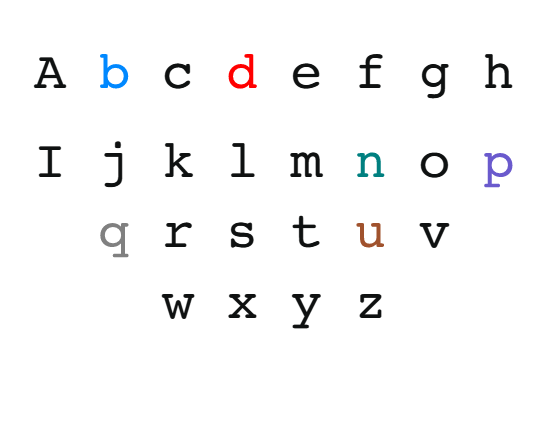
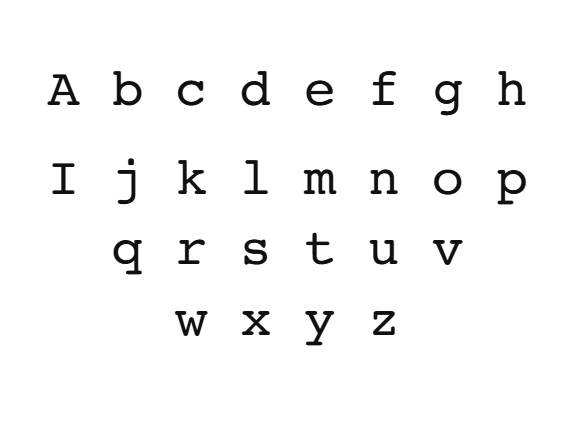
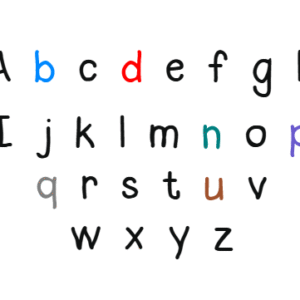
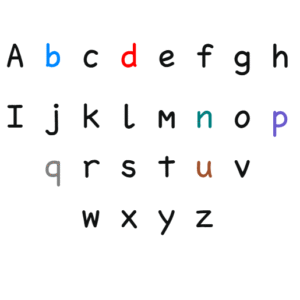
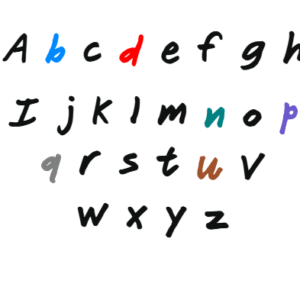
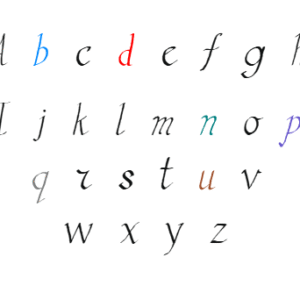
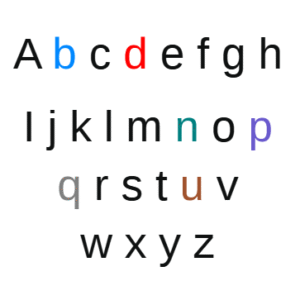
Reviews
There are no reviews yet.